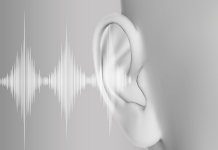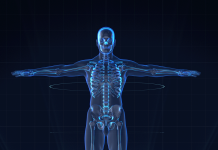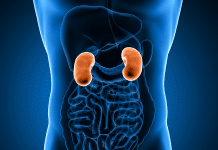Diabetes insipidus is a rare and uncommon condition characterized by the inability of the kidneys to conserve water. This imbalance of fluids makes you feel extremely thirsty (polydipsia) and frequent urge to urinate, which are the characteristic features of Diabetes insipidus and diabetes mellitus. It is often confused with Diabetes, but, in actual, it has no relation to Diabetes, and it does not necessarily occur in people having Diabetes.
Diabetes insipidus is caused when there is a problem with vasopressin, a fluid balancing hormone. It also called antidiuretic hormone (ADH). It’s synthesized in the hypothalamus of your brain and stored in the pituitary gland and released upon need.
Thirst and urination are the two mechanisms that are involved in the regulation of fluid in your body. When you feel thirsty, or the body is a bit dehydrated, the level of vasopressin rises. It maintains fluid balance by removing extra fluid through urination.
There are two types of Diabetes insipidus:
Central Diabetes insipidus occurs when there is reduced production of ADH due to pituitary gland damage. The damage can be because of various reasons like head injury, reduced blood supply to the pituitary, and tumors, etc.
Nephrogenic diabetes insipidus, in which vasopressin is produced in enough quantities, but kidneys become unresponsive. It can be due to genetic factors, kidney diseases, kidney failure, and certain medications like lithium.
Consider watching this video to know more about what is diabetes….
Dipsogenic diabetes insipidus occurs when the standard thirst mechanism in the hypothalamus has defected. A person feels extremely thirsty, and liquid intake increases, reducing the levels of vasopressin by increasing urine output. The causes or predisposing factors of this type are similar to the Central one.
And, Gestational diabetes insipidus, that occurs in pregnancy only. Vasopressin is broken down by an enzyme that is produced by the placenta (an organ joining mother with the baby). The other factors are the increased production of prostaglandins in pregnant women that decreases kidneys’ sensitivity to vasopressin. This type usually goes away after delivery.
The primary symptoms are polydipsia and polyuria that are already discussed above. The other or uncommon symptoms may be; dry skin, dizziness, confusion, nausea, etc. Look for immediate medical attention in case of seizures, as they occur only in severe dehydration.
There are several tests that your doctor may perform to diagnose diabetes insipidus For example, urinalysis, Magnetic Resonance Imaging (MRI), water deprivation test, and genetic screening.
In urinalysis, a urine sample is taken to check salt and water concentration. Fluid concentration is high if you are DI positive. MRIs are performed to assess gland and hypothalamus damage. Water deprivation test will determine osmolality and ADH levels, etc. And genetic screening is done for the assessment of family history to check inherited DI.
Treatment strategies are set according to the severity of the disease. In the initial stages, you may only need to manage your daily water intake.
Hormone therapy is available and is common for all the types of DI. Desmopressin is an artificial hormone (synthetic vasopressin), available in various dosage forms. While taking this, one should limit the water intake. Other medications and combination therapies are available, like high doses of desmopressin along with diuretics and NSAIDs. The doctor will prescribe you according to the condition. He may treat and rule out the other underlying conditions too.
Lifestyle changes that will protect you from dehydration. Carry something that will allow people around you to understand that you’ve DI and rush you to the hospital if severe dehydration occurs.
The disease doesn’t cause any severe or long-term complications or problems if appropriately treated and in time.
Until Next time,
Team Doctor ASKY!





















